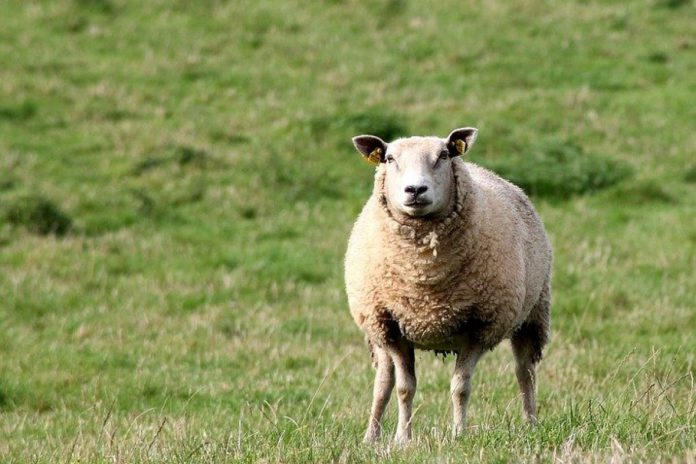Currently, the price for wool only covers about 20% of the cost of shearing. Consequently, to recoup the cost of shearing, producers need to be prudent and shear at the most opportune time for their particular system of production.
Dr. Tim Keady, Teagasc researcher, discusses shearing at housing.
Shearing at housing
Three studies have been undertaken at Athenry which have evaluated the effects of shearing March-lambing ewes, at housing in December, on their subsequent performance and the performance of their lambs from birth until weaning.
In each of these studies, ewes were housed either unshorn, or shorn and offered grass silage ad libitum.
Effects of shearing ewes on lamb performance
The effects of shearing ewes at housing on subsequent lamb performance are presented in Table 1.
Lambs born from ewes that had been shorn at housing were 0.6 kg heavier at birth and 1.9 kg heavier at weaning. Whilst shearing at housing increased lamb birth weight, it did not affect the incidence of lambing difficulty or mortality.

The increased birth weight of the lambs from ewes shorn at housing was due to increased silage dry matter intake primarily due to reduced heat stress in late pregnancy and an extended gestation period.
The increase in lamb weight at birth (0.6 kg) was trebled (1.9 kg) at weaning at 14 weeks of age.
The increase in lamb weight at weaning obtained due to shearing ewes at housing is the same response as would be expected from providing 19 kg of creep concentrate to each lamb prior to weaning, which is equivalent to a cost of approximately €5/lamb.
Shearing at housing (cost €2.50/ewe) is equivalent to a saving in creep concentrate of approximately €8/ewe for ewes rearing 1.7 lambs.
Previous studies at Athenry have shown that an increase in lamb weaning weight of 2 kg reduces the age at slaughter by approximately 2 weeks.
Other advantages of shearing at housing
- Shearing ewes at housing enables more ewes to be housed in a given area. The recommended space allowance for unshorn ewes depends on floor type and ewe weight. For example, the recommended space allowance for ewes housed on slats and straw bedding is 1.1 and 1.2m2 for 70 kg ewes; and 1.2 and 1.4m2 for 90 kg ewes. The floor area required by shorn ewes is up to 20% less per ewe.
- Ewes shorn at housing are easier to monitor during late pregnancy and post lambing.
- Shearing ewes at housing occurs during a period of low labour demand for flock management. Consequently, it spreads the annual workload more evenly.
- Shearing at housing omits the task of separating ewes from lambs as occurs if shearing in May or June.
Conclusions
Shearing ewes at housing:
- Increases lamb birth weight by 0.6 kg
- Has no impact on lambing difficulty
- Increases lamb weaning weight by 1.9 kg
- Reduces lamb age at slaughter by approximately 2 weeks
- Increases fleece weight by 0.3 kg
- Enables more ewes to be housed in a given area
- Provides exercise around the festive season





